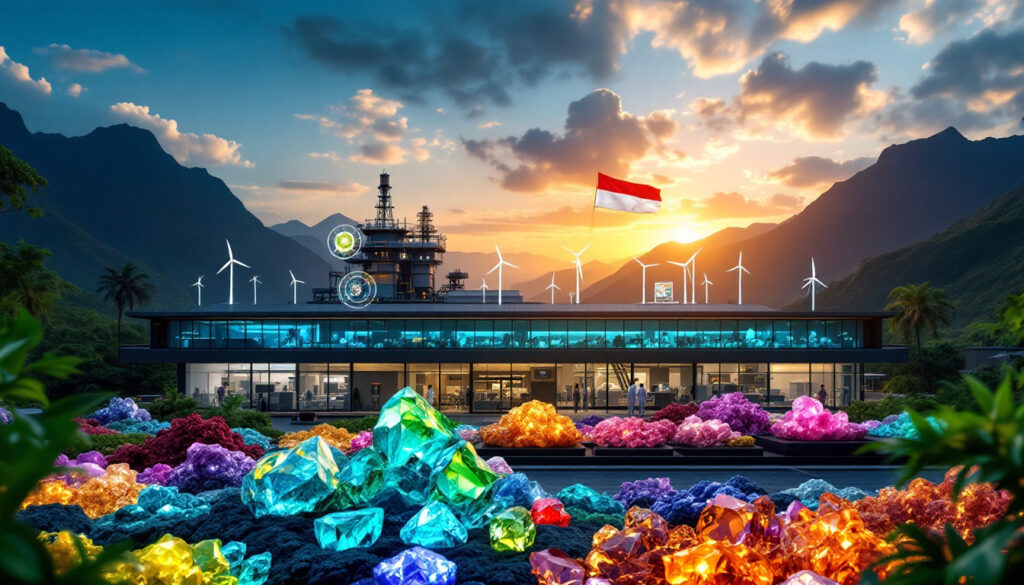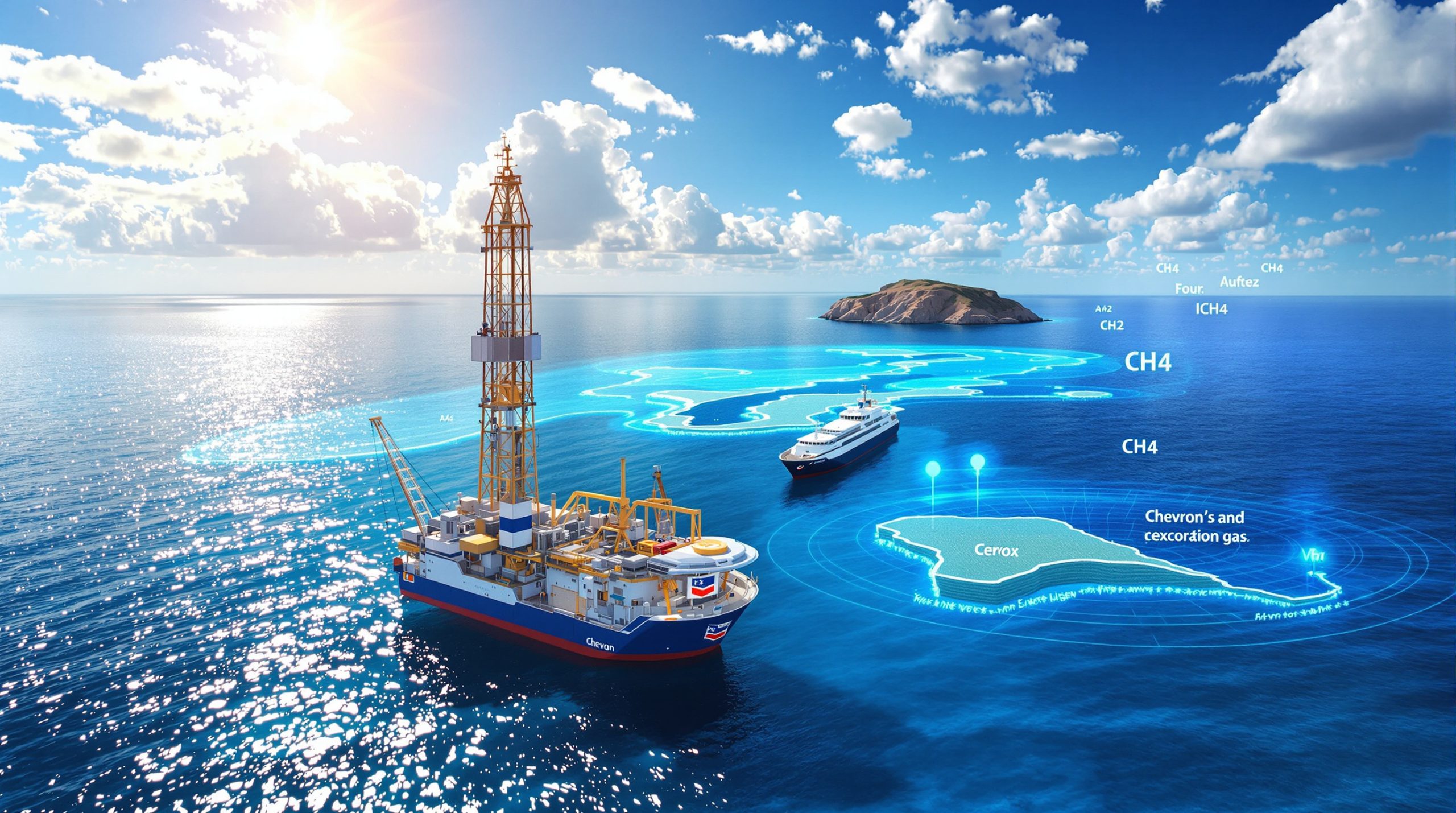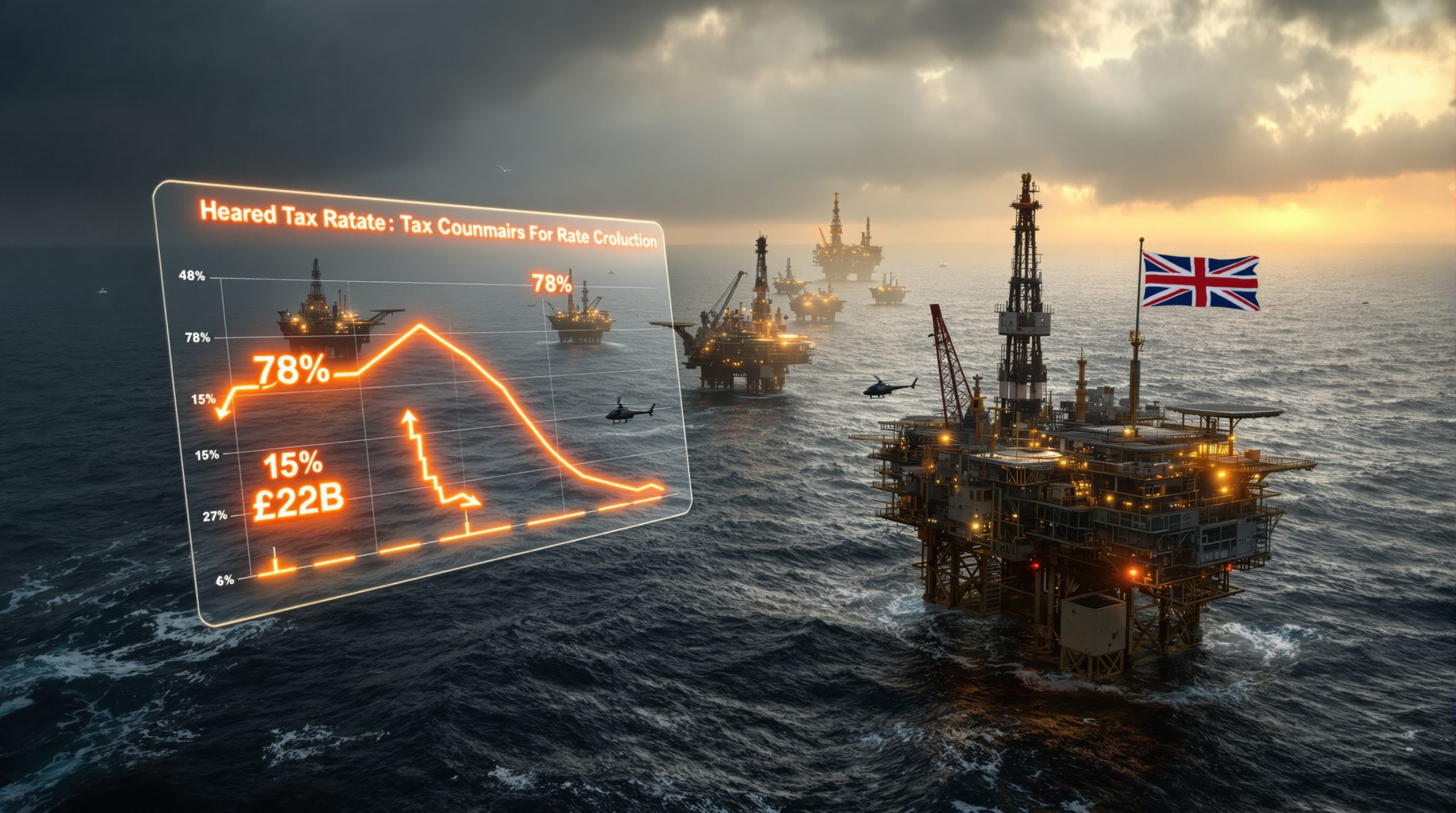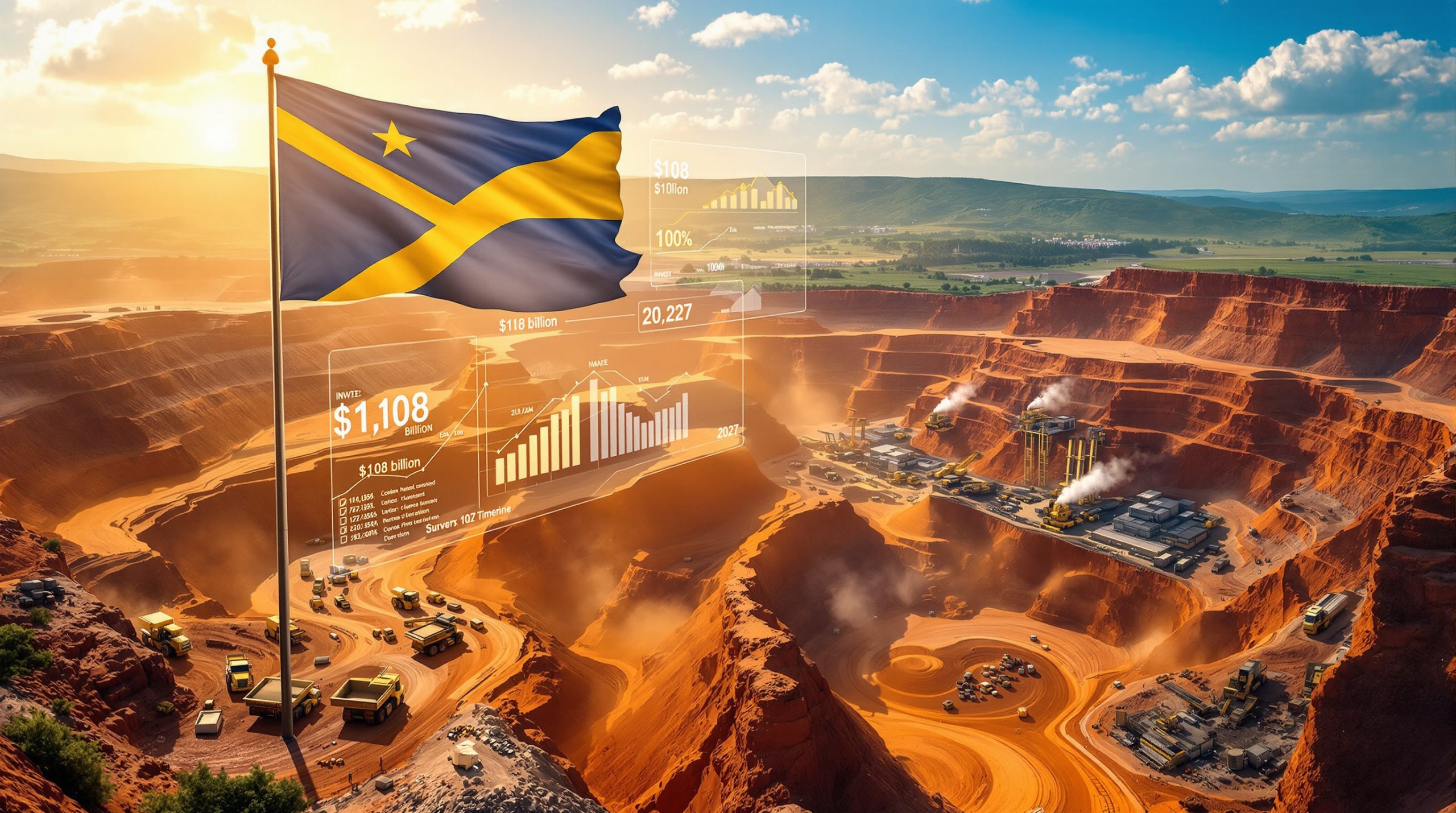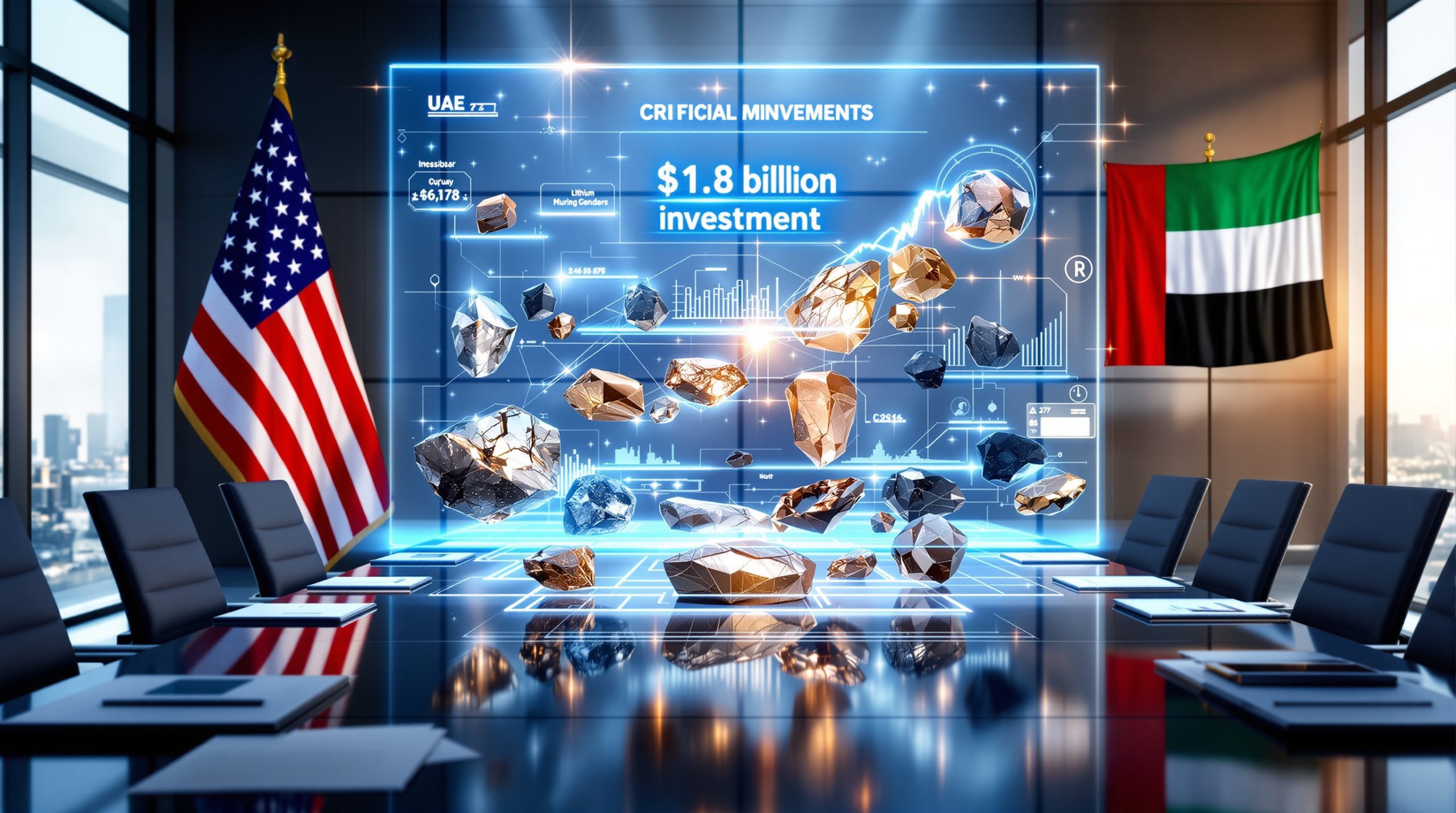What is PT Timah's Rare Earth Element Project?
PT Timah, Indonesia's state-owned tin mining company, has embarked on a strategic rare earth element (REE) project in collaboration with MIND ID (Mining Industry Indonesia) at Tanjung Ular in Bangka Barat, Indonesia. This pioneering initiative focuses on processing monasit, a mineral byproduct of tin mining operations, to extract valuable rare earth elements that are crucial components for high-tech industries and the green energy transition.
The project represents a significant step in Indonesia's mineral processing evolution, transforming what was once considered waste material into strategically important resources. The Tanjung Ular facility was initially established in 2010 and is currently undergoing revitalization to validate technologies for commercial-scale REE production.
According to Dany Amrul Ichdan from MIND ID, "Indonesia has rare earth management capabilities that few countries possess, enabling domestic value retention." This highlights the national strategic advantage of developing indigenous processing capabilities rather than exporting raw materials.
The processing facility employs specialized hydrometallurgical processes to separate valuable REEs from thorium and other elements found in monasit. This technical approach requires sophisticated protocols for handling radioactive byproducts, an expertise that positions Indonesia within a select group of countries capable of managing the complete REE value chain.
The Strategic Importance of Rare Earth Elements
Rare earth elements, despite their name, are relatively abundant in the Earth's crust but rarely found in concentrations that make extraction economically viable. Their strategic importance stems from their irreplaceable role in modern technology:
-
Critical components in modern technology: REEs form the backbone of permanent magnets used in electric vehicles, wind turbines, and consumer electronics. Elements like neodymium, praseodymium, and dysprosium are essential for creating compact, powerful magnets that enable everything from smartphone vibration motors to electric vehicle drivetrains.
-
Limited global supply chains: Currently, China dominates approximately 80% of global REE processing capacity, creating significant supply chain vulnerabilities for industries worldwide. PT Timah's project aims to diversify global supply sources, with Indonesia targeting 3-5% of the global market by 2030.
-
Growing demand forecast: Market analysts project REE demand for electric vehicles and wind turbines to grow by approximately 10% annually over the next decade. This growth trajectory makes developing alternative supply sources increasingly urgent.
-
National resource security: By developing domestic REE production capabilities, Indonesia reduces its dependency on imports of these critical materials, strengthening its position in high-tech manufacturing supply chains.
Dicky Octa Zahriadi of PT Timah emphasizes that "Monasit processing into Mix Rare Earth Carbonate is the first step before full commercial production," indicating the project's phased approach to building Indonesia's REE capabilities.
How Did PT Timah's Rare Earth Project Evolve?
The journey of PT Timah's rare earth element project represents a long-term strategic investment in Indonesia's mineral processing capabilities. From its initial establishment to the current revitalization phase, the project has undergone significant development and adaptation to changing technological and market conditions.
Historical Development Timeline
-
Initial pilot plant establishment: The foundation for Indonesia's rare earth ambitions was laid in 2010 with the establishment of the pilot processing facility at Tanjung Ular. This early investment demonstrated Indonesia's foresight in recognizing the strategic value of rare earth elements well before the current global rush.
-
Revitalization phase: The project entered a critical revitalization phase in 2024, focusing on upgrading existing facilities with more advanced processing technologies. This renewal comes at a strategic time when global REE demand is accelerating due to the energy transition.
-
Technology validation stage: The current focus is on operating the pilot plant to validate processing methods before scaling to commercial production. This careful approach ensures that technical challenges are addressed before major capital investments in larger facilities.
-
Commercial planning phase: Following validation, PT Timah and MIND ID are developing frameworks for full-scale production, with commercial operations potentially beginning after 2025, pending successful pilot results.
According to Dicky Octa Zahriadi, "2024 has focused on securing technology partners for monasit processing," highlighting the project's emphasis on building technological capabilities through strategic collaborations.
Technical Challenges Overcome
The path to establishing Indonesia's rare earth processing capabilities has not been without significant hurdles:
-
Processing technology limitations: One of the primary challenges was identifying proven methodologies suitable for commercial implementation with Indonesia's specific monasit composition. Early delays between 2010-2024 were largely attributable to inadequate separation technology for cost-effective processing.
-
Strategic partnership requirements: Securing technical expertise from experienced partners has been crucial, as rare earth processing requires specialized knowledge not widely available. PT Timah has collaborated with domestic research institutions while seeking international expertise.
-
Facility revitalization complexities: Upgrading the existing infrastructure presented significant engineering challenges, requiring modernization while maintaining operational capabilities for testing and validation.
-
Thorium management protocols: Developing safe handling procedures for radioactive byproducts has been a crucial aspect of the project. The facility follows International Atomic Energy Agency (IAEA) compliant containment protocols for thorium storage and management.
The project's evolution demonstrates Indonesia's persistence in developing strategic mineral processing capabilities despite technical obstacles, positioning the country as an emerging player in the global rare earth supply chain.
What Makes This Project Nationally Significant?
PT Timah's rare earth element project extends far beyond commercial interests, representing a cornerstone of Indonesia's industrial evolution and resource sovereignty. The project aligns perfectly with broader national objectives of moving up the value chain from raw material extraction to advanced processing and manufacturing.
Alignment with Indonesia's Industrial Policy
-
Supporting President Prabowo's "Asta Citra": The project directly contributes to the national downstream mineral processing initiative outlined in the Asta Citra policy framework. This alignment ensures strong governmental support and integration with national economic planning.
-
Value-added mineral processing: By transforming mining byproducts into high-value materials, the project exemplifies Indonesia's transition from a resource-exporting economy to one that captures more value domestically. This shift could potentially reduce Indonesia's reliance on imported REEs by approximately 30% by 2030.
-
Domestic industrial development: The REE project creates a foundation for advanced manufacturing within Indonesia, potentially supporting the development of high-tech industrial clusters in sectors like electronics, renewable energy, and defense.
-
Strategic mineral independence: The initiative reduces reliance on foreign supplies of critical materials, enhancing Indonesia's economic resilience and geopolitical positioning in an era of increasing resource nationalism and critical mineral export restrictions.
Dany Amrul Ichdan of MIND ID emphasizes that "REE processing forms the foundation for Indonesia's high-tech manufacturing ecosystem," underscoring the project's role in supporting broader industrial development goals.
Economic and Technological Benefits
The project offers substantial economic advantages that extend well beyond the immediate vicinity of the processing facilities:
-
Domestic value retention: By processing monasit within Indonesia rather than exporting it as a low-value byproduct, the country captures significantly more economic value from its natural resources. This approach creates a multiplier effect throughout the economy.
-
Technology transfer opportunities: Partnerships with international technology providers facilitate knowledge acquisition and skill development among Indonesia's workforce. These capabilities can then be applied to other mineral processing initiatives.
-
Employment creation potential: The project generates skilled jobs throughout the processing chain, from mining operations to advanced chemical processing and quality control. These positions typically offer higher wages than traditional mining roles.
-
Export diversification possibilities: Success in rare earth processing reduces Indonesia's economic dependence on traditional commodity exports like tin, coal, and palm oil, creating a more balanced and resilient export portfolio.
The thorium byproducts extracted during REE processing could also support Indonesia's nuclear energy development ambitions, potentially providing fuel for up to 500 MW of nuclear capacity by 2040. This aspect aligns with national energy transition goals, further enhancing the project's strategic significance.
What Technology and Partnerships Drive the Project?
The success of PT Timah's rare earth element project hinges on both technological innovation and strategic partnerships. The complex nature of rare earth processing requires specialized expertise and equipment that can only be developed through collaborative approaches and careful technology selection.
Technical Approach and Process Development
PT Timah has adopted a methodical approach to rare earth processing, focusing on proven technologies while adapting them to Indonesia's specific resource characteristics:
-
Monasit processing focus: The project utilizes tin mining byproducts as primary feedstock, with monasit containing valuable light and heavy rare earth elements along with thorium. This approach maximizes resource efficiency by creating value from materials that would otherwise be considered waste.
-
Mix Rare Earth Carbonate production: The initial processing target is the production of Mixed Rare Earth Carbonate (MREC), an intermediate product containing multiple rare earth elements. The pilot plant employs solvent extraction technology to separate REEs from other minerals, targeting 99.9% purity in the final REE products.
-
Thorium extraction potential: A significant aspect of the project is the separation and safe storage of thorium, which has possible applications in next-generation nuclear energy systems. Indonesia is developing capabilities for thorium management that align with International Atomic Energy Agency standards.
-
Pilot plant validation methodology: The facility at Tanjung Ular serves as a testing ground for hydrometallurgical processes before commercial implementation. This validation step is crucial for optimizing operational parameters and ensuring economic viability at larger scales, an essential component of thorough mining feasibility studies.
The processing technology includes sophisticated waste management systems for handling radioactive byproducts, demonstrating Indonesia's commitment to responsible resource development.
Strategic Collaborations
PT Timah recognizes that successful rare earth element processing requires expertise beyond any single organization's capabilities:
-
Domestic research partnerships: The company works closely with Indonesian technical institutions and universities on process refinement and thorium utilization research. These collaborations enhance local expertise while addressing country-specific technical challenges.
-
International technology providers: PT Timah is actively seeking expertise from established global players in rare earth processing. According to Dicky Octa Zahriadi, "International partners are critical for scaling proven technologies," highlighting the importance of these external relationships.
-
MIND ID corporate support: As Indonesia's state mining holding company, MIND ID provides crucial funding, corporate oversight, and strategic direction for the project. This institutional backing ensures alignment with national priorities and access to necessary resources.
-
Cross-industry potential partnerships: The project is exploring connections with end-users of REE products, including Indonesia's growing electric vehicle and renewable energy sectors. These downstream linkages could create integrated supply chains within the country.
The collaborative approach extends to benchmarking against established operations, such as Lynas Corporation's facilities in Malaysia, to adopt best practices while avoiding challenges encountered by other producers.
What Are the Project's Future Prospects?
The future of PT Timah's rare earth element project extends beyond current pilot operations toward commercial-scale production and integration into global supply chains. With careful planning and strategic investments, Indonesia is positioning itself to become a significant player in the rare earth market.
Commercial Development Roadmap
PT Timah and MIND ID have outlined a structured approach to scaling from pilot operations to commercial production:
-
Technology validation completion: The immediate focus remains on finalizing pilot plant operations to verify process efficiency, product quality, and economic parameters. This critical validation phase ensures that commercial investments are based on proven methodologies.
-
Commercial plant construction planning: Following successful pilot validation, PT Timah plans to begin constructing industrial-scale facilities after 2025. This expansion will require an estimated investment of $500 million to develop commercial-grade separation and processing capabilities.
-
Production capacity targets: The commercial operation aims to process substantial volumes of monasit to produce mixed rare earth carbonates and eventually separate high-purity rare earth oxides. As articulated by Dicky Octa Zahriadi, "Indonesia aims to supply 5% of global REE demand by 2030," indicating ambitious but achievable production goals.
-
Integration into global supply chains: The strategic vision includes positioning Indonesia as a reliable REE supplier to international markets, particularly for magnet materials used in electric vehicles and renewable energy technologies. This integration requires meeting stringent quality standards and building relationships with international buyers.
The commercial development plan includes a phased approach, allowing for adaptation to market conditions and technological advancements as the project scales up through established mining investment strategies.
Environmental and Sustainability Considerations
Sustainability forms a core component of the project's future vision:
-
Byproduct utilization efficiency: By converting previously unused materials into valuable resources, the project exemplifies circular economy principles in mining operations. This approach maximizes resource value while minimizing waste generation.
-
Clean energy applications: The rare earth elements produced will support renewable energy technology development, particularly wind turbines and electric vehicles. This alignment with green technology creates a virtuous cycle where mining byproducts enable cleaner energy systems.
-
Thorium energy potential: The project is exploring nuclear power applications from separated thorium, which could provide stable, carbon-free baseload power to complement intermittent renewable sources. Thorium reserves could potentially support 500 MW of nuclear capacity by 2040 if regulatory and technological challenges are addressed.
-
Circular economy contribution: PT Timah's approach exemplifies maximizing resource value from existing mining operations, transforming what was previously considered waste into strategic materials. This model could be replicated for other mining byproducts across Indonesia.
The project's future prospects depend on successfully navigating both technical challenges and market dynamics, but the alignment with global sustainability trends and Indonesia's industrial policy provides strong foundational support for long-term success.
How Does This Project Impact Global Rare Earth Markets?
PT Timah's entry into rare earth processing represents a significant development in the global market for these critical materials. As a new supplier emerging outside traditional production centers, Indonesia has the potential to influence market dynamics and supply security for these essential elements.
Market Positioning Strategy
Indonesia is carefully positioning itself within the global rare earth landscape:
-
New supply source development: By developing its rare earth processing capabilities, Indonesia is contributing to the diversification of global REE supply chains. This new source comes at a crucial time when industries worldwide are seeking alternatives to concentrated supply from dominant producers.
-
Value-added product focus: Unlike many resource-rich countries that export raw materials, Indonesia's strategy emphasizes producing higher-value rare earth compounds that command premium prices. The target purity level of 99.9% for PT Timah's REE products demonstrates this quality-focused approach.
-
Strategic industry support: The project aims to supply materials for high-tech manufacturing, particularly permanent magnets used in electric motors and wind turbines. This targeting of growth sectors positions Indonesia to benefit from the accelerating energy transition.
-
Energy transition enablement: By providing critical materials for green technologies, Indonesia is positioning itself as an enabler of global decarbonization efforts. This alignment with sustainability trends enhances the project's long-term market viability.
China currently controls approximately 80% of global REE processing capacity, creating significant market concentration. Indonesia's entry, targeting 3-5% market share by 2030, represents a meaningful step toward a more diversified global supply landscape.
Competitive Landscape Analysis
The competitive environment for rare earth production presents both challenges and opportunities:
-
Current market concentration: China's dominance in global REE processing creates both risks and opportunities for new entrants. While competing with established producers is challenging, industrial consumers are actively seeking supply diversification, creating market openings.
-
Emerging alternative suppliers: Indonesia joins Australia, the United States, and others in developing new production capacity. This collective expansion of non-Chinese supply is gradually reshaping global market dynamics, with Indonesia benefiting from its existing mining infrastructure.
-
Technical capability development: Building expertise to compete in sophisticated markets requires substantial investment in both technology and human capital. PT Timah's collaboration with research institutions and international partners addresses this challenge.
-
Strategic advantage opportunities: Indonesia leverages several competitive advantages, including existing tin mining infrastructure, supportive government policies, and geology of ore deposits that favor economical extraction. The integration of REE extraction with established mining operations offers cost efficiencies that greenfield projects cannot match.
As Dany Amrul Ichdan notes, "Indonesia's REEs will diversify supply chains for green tech industries," highlighting the strategic role Indonesia envisions in global rare earth markets. This positioning aligns with broader trends of supply chain regionalization and critical mineral security initiatives across developed economies.
What Challenges Must Be Addressed for Success?
Despite its promising outlook, PT Timah's rare earth element project faces substantial challenges that must be overcome to achieve commercial success. Recognizing and addressing these hurdles is essential for the project's long-term viability and contribution to Indonesia's industrial development.
Technical and Operational Hurdles
The path from pilot operations to commercial success involves several significant technical challenges:
-
Process optimization requirements: Refining techniques for maximum efficiency remains an ongoing challenge. The complex chemistry of rare earth separation requires precise control of process parameters to achieve cost-effective production while maintaining product quality.
-
Scale-up engineering challenges: As emphasized by Dicky Octa Zahriadi, "Scaling from pilot to commercial operations requires precise engineering." The transition from laboratory or pilot-scale processing to industrial production often reveals unforeseen complications that must be addressed through adaptive engineering approaches.
-
Quality control standardization: Meeting international specifications consistently is essential for market acceptance. Producing rare earth compounds that satisfy the exacting requirements of high-tech manufacturers demands
Ready to Spot the Next Major Mineral Discovery?
Gain an immediate edge on ASX mineral discoveries with Discovery Alert's proprietary Discovery IQ model, which transforms complex geological announcements into actionable investment insights within minutes of release. Explore why historic discoveries can generate substantial returns by visiting Discovery Alert's dedicated discoveries page and begin your 30-day free trial today.
